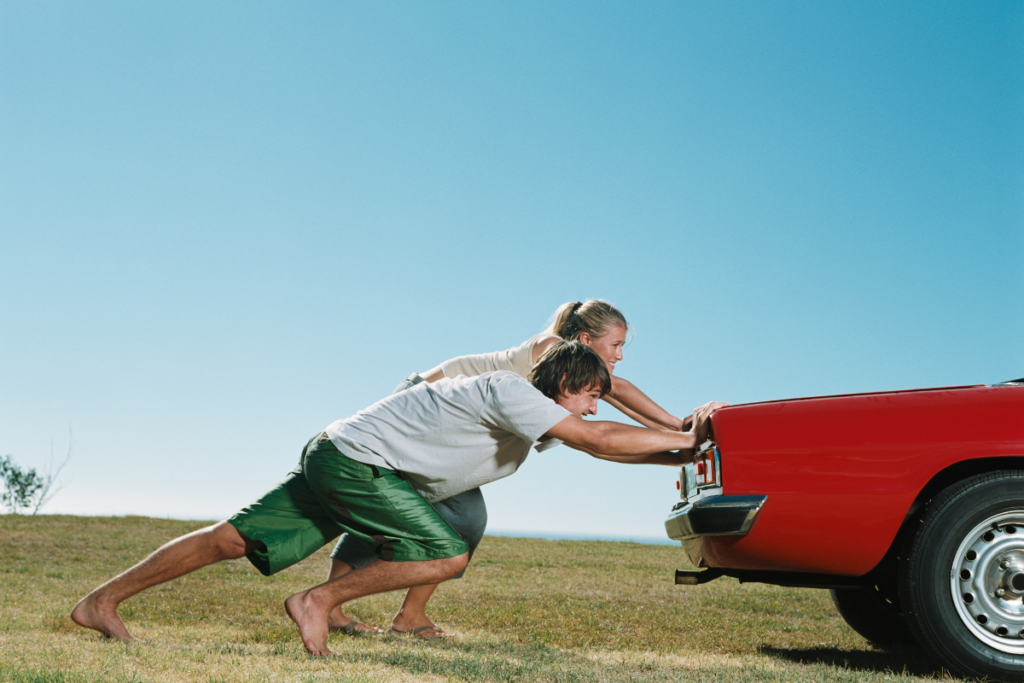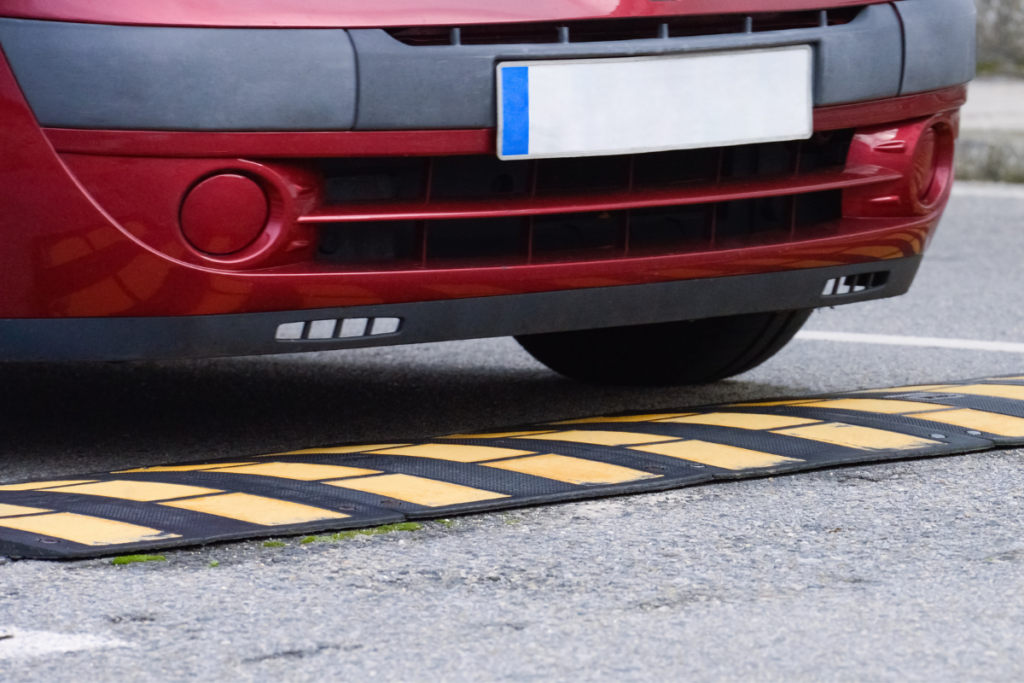Over the years, numerous car myths have emerged, sparking endless debates without ever reaching a definitive truth. Some of these myths are so deeply embedded in common belief that they often go unquestioned by most drivers. In this article, we'll explore and debunk some of the most common car myths. Topics like fuel efficiency, car mechanics, and driving habits will be examined closely to separate fact from fiction. It’s important to start by saying that driving in neutral is not only unsafe but also ineffective when it comes to saving fuel. Modern cars with electronic fuel injection systems automatically cut off fuel supply when the accelerator is released, regardless of the gear engaged. However, keeping the car in gear allows the engine to work more efficiently, as the wheels help maintain engine RPMs, reducing the need for fuel consumption. That said, in older vehicles with carburetors, driving in neutral might slightly reduce fuel use due to vacuum effects. Still, the safety risks far outweigh any potential savings. If your car won’t start, it's usually due to a mechanical or electrical issue. Before attempting to push-start the vehicle, you should check the battery, fuel level, spark plugs, and other key components. Pushing the car can cause serious damage, such as breaking the timing belt or damaging the pistons and valves. In extreme cases, it may even lead to a hydraulic lock inside the engine. The safest option is to call a professional tow service or mechanic to handle the situation properly and avoid further complications. Some people believe that filling up your tank early in the morning or late at night saves money because the fuel is colder and denser. While this idea has some logic, in reality, gasoline is stored in underground tanks that remain at a stable temperature, making the time of day irrelevant. Therefore, there’s no real benefit to filling up at a specific time. This was once true, especially with older automatic transmissions that weren’t as advanced. However, modern automatic transmissions have come a long way. They now offer better fuel economy, smoother shifting, and even improved performance in many cases. With features like adaptive learning and optimized gear selection, automatics are often more efficient than their manual counterparts. Some claim that dirt on a car improves aerodynamics, similar to how dimpled golf balls reduce air resistance. However, in reality, dirt adds weight and disrupts airflow, increasing drag. This means a cleaner car is actually more aerodynamic and fuel-efficient. While it might seem easier to cross speed bumps diagonally, doing this regularly can put unnecessary stress on your suspension system. It may lead to misalignment, damaged shocks, or even broken springs over time. The best approach is to go over them straight and slowly to protect your car’s structure. Oil expands when hot, which can give an inaccurate reading. For the most accurate result, wait about 10 minutes after turning off the engine. This allows the oil to settle back into the oil pan, giving you a true measurement of its level. Accelerating before turning off the engine can leave unburned fuel in the cylinders, which can seep into the oil and contaminate it. This is especially dangerous for turbocharged engines, where sudden shutdown after high revs can cause the turbocharger to overheat and fail. This myth was relevant for older cars with carburetors, but modern vehicles with electronic fuel injection don't require a long warm-up period. Starting the car immediately and letting it run at idle is sufficient for proper lubrication. However, avoid revving the engine or driving aggressively right away. Many people assume tires last forever, but this isn’t true. Over time, rubber degrades due to exposure to heat, light, and moisture. Even if stored properly, tires can become brittle, crack, or lose traction, posing a serious safety risk. Most manufacturers recommend replacing tires after 6–10 years, depending on usage and conditions. Display Module Application Materials PGME, Film Formation, Viscosity Control, Size Stability, Superior Quality Ningbo Merak Advanced Materials Technology Co., Ltd. , https://www.merak-tech.comDriving in neutral saves fuel
Pushing the car when the engine doesn’t start

Filling the tank in the morning or at night is more cost-effective
A manual gearbox is more efficient than an automatic
A dirty car consumes less fuel than a clean one
Crossing speed bumps with the wheels on the diagonal

Checking the oil when the engine is warm
Accelerating before turning off the car lubricates the system
The engine needs to warm up before starting
Tires have no expiration date
July 09, 2025